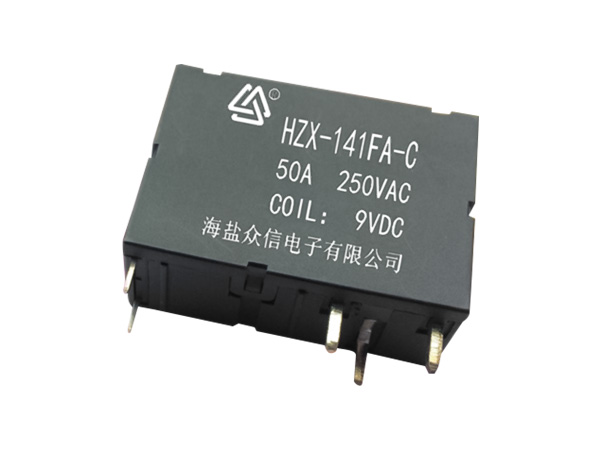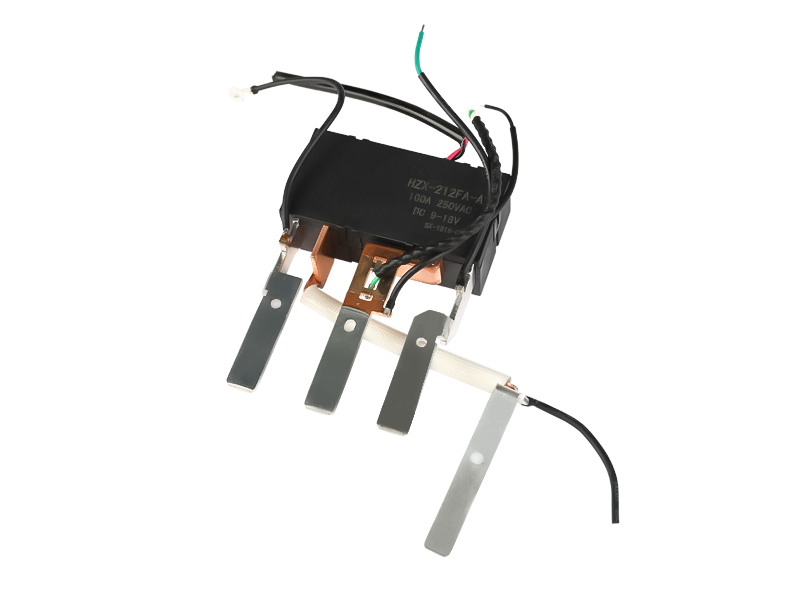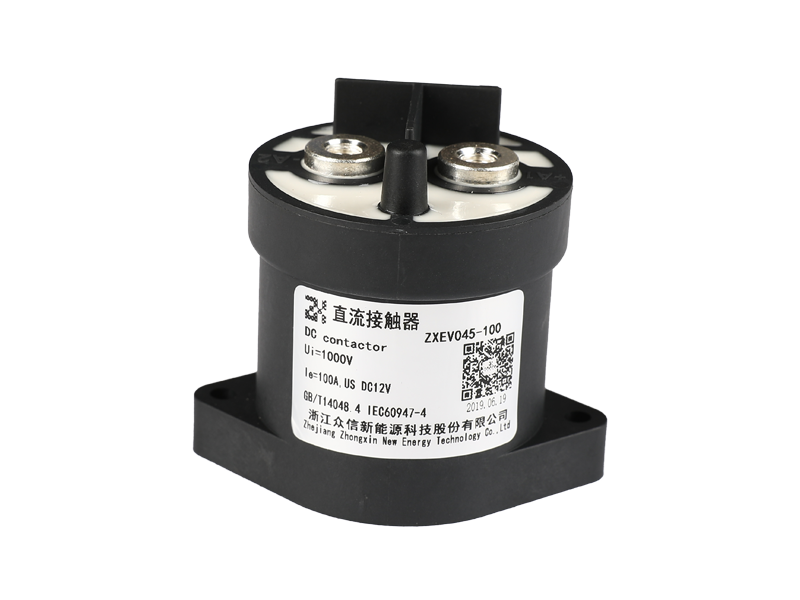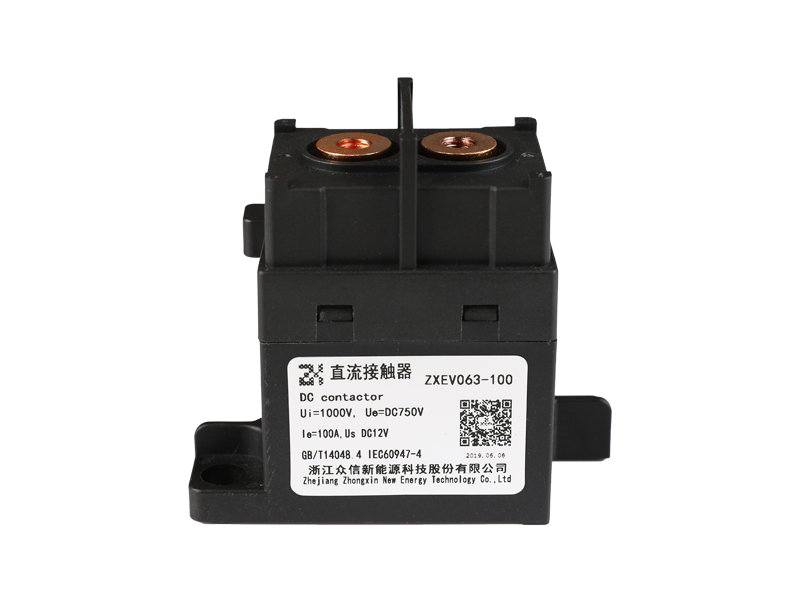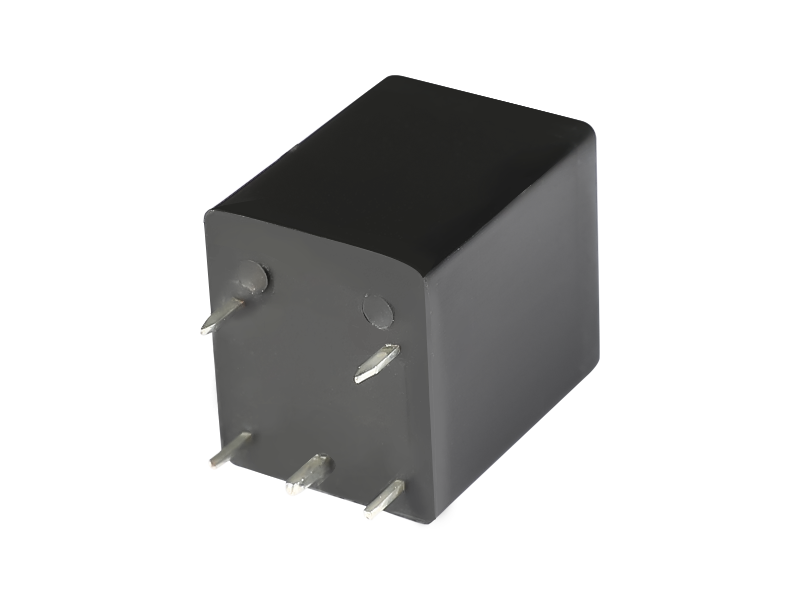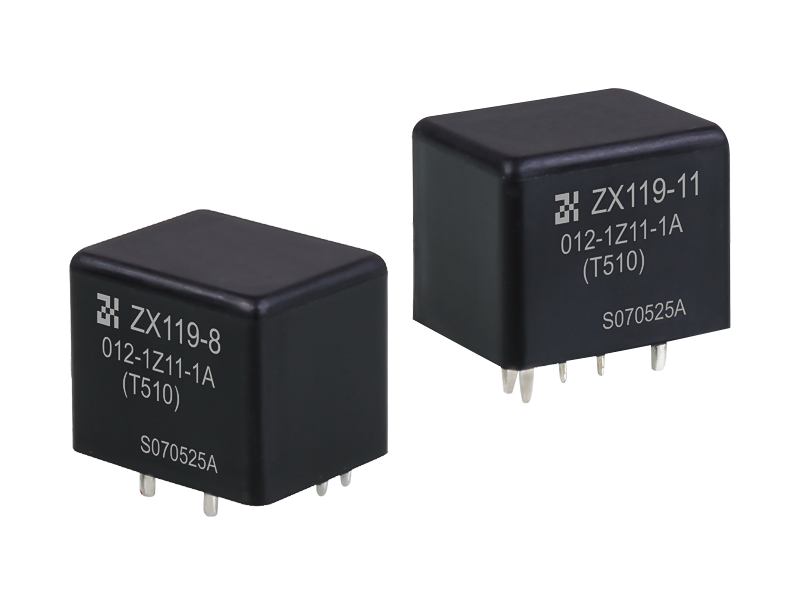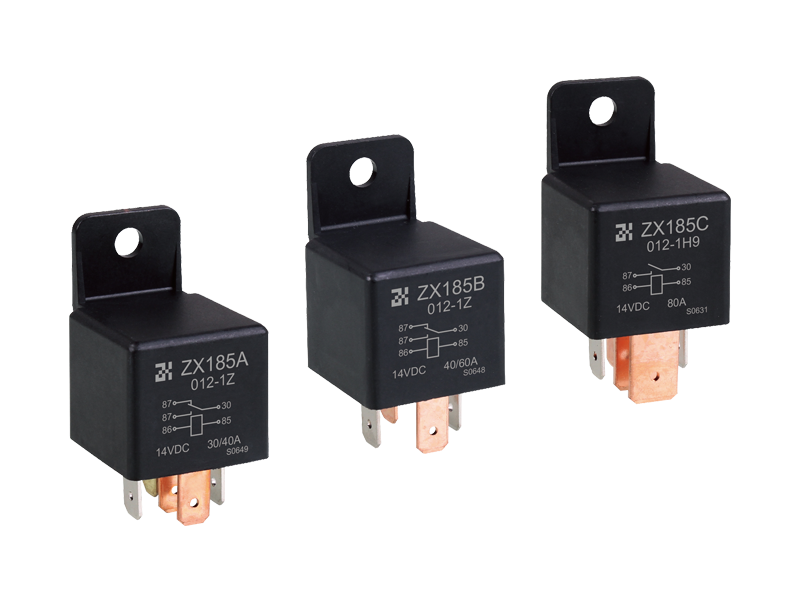1.1 What is a vacuum circuit breaker?
"Vacuum circuit breaker" is named because the arc extinguishing medium and the insulating medium of the contact gap after arc extinguishing are high vacuum; it has the advantages of small size, light weight, suitable for frequent operation, and no maintenance for arc extinguishing. It is widely used in power grid. Vacuum circuit breakers are indoor power distribution devices in 3-10kV, 50Hz three-phase AC systems, which can be used in industrial and mining enterprises, power plants, and substations. Electrical Equipment It is used for the protection and control of high-voltage electrical equipment, especially suitable for use places that require no oil, less maintenance and frequent operations. The circuit breaker can be configured in central cabinets, double-layer cabinets and fixed cabinets to control and protect high-voltage electrical equipment.

1.2 What are the specifications of the vacuum circuit breaker?
1. Vacuum circuit breakers can usually be divided into multiple voltage levels. The low-voltage type is generally used for explosion-proof electrical use. Like coal mines and so on.
2. The rated current reaches 5000A, the breaking current reaches a better level of 50kA, and has developed to a voltage level of 35kV.
2.1 What is an earth leakage circuit breaker
Leakage circuit breaker, referred to as leakage switch, also known as leakage protector, is mainly used to protect the electric shock of the person with fatal danger when the leakage fault occurs in the equipment. It has overload and short circuit protection functions, and can be used to protect the overload and Short circuit can also be used as an infrequent switching start of the line under normal conditions.

2.2 What are the classifications of leakage circuit breakers?
Leakage circuit breakers can be classified according to their protection functions, structural features, installation methods, operation methods, number of poles and lines, and action sensitivity. There are three kinds of protection switch and leakage protection socket.
1. Leakage protection relay refers to a leakage protection device that has the function of detecting and judging leakage current, but does not have the function of cutting off and connecting the main circuit.
2. Leakage protection switch means that it not only can connect or disconnect the main circuit like other circuit breakers, but also has the function of detecting and judging leakage current. When leakage or insulation damage occurs in the main circuit, the leakage protection switch can be used according to A switching element that turns the main circuit on or off as a result of the judgment.
3. Leakage protection socket refers to a power socket that detects and judges the leakage current and can cut off the circuit.
3.1 What is a molded case circuit breaker?
The molded case circuit breaker can automatically cut off the current after the current exceeds the trip setting. Molded case refers to the use of plastic insulators as the casing of the device to isolate conductors and grounded metal parts. Molded case circuit breakers typically contain thermal magnetic trip units, while larger models have solid state trip sensors. For example, the following Dayton outage circuit breaker is a molded case circuit breaker.

3.2 How does the molded case circuit breaker work?
Generally, low-voltage circuit breakers are molded case circuit breakers, and their main contacts are closed manually or electrically. After the main contact is closed, the free tripping mechanism locks the main contact in the closing position. The coil of the overcurrent release and the thermal element of the thermal release are connected in series with the main circuit, and the coil of the undervoltage release is connected in parallel with the power supply.
When the circuit is short-circuited or seriously overloaded, the armature of the over-current release will pull in to make the free tripping mechanism act, and the main contact will disconnect the main circuit.
When the circuit is overloaded, the heating element of the thermal tripper will bend the bimetal sheet, push the free tripping mechanism to act, and the main contact will disconnect the main circuit.
When the circuit is undervoltage, the armature of the undervoltage release is released, which also makes the free tripping mechanism act, and the main contact disconnects the main circuit.
When the shunt release button is pressed, the armature of the shunt release is attracted, making the free tripping mechanism act, and the main contact disconnects the main circuit
4.1 Principle of circuit breaker
The working principle of the circuit breaker is that when there is a short circuit, the magnetic field generated by the large current overcomes the reaction force spring, the release pulls the operating mechanism to act, and the switch trips instantaneously. When overloaded, the current becomes larger, the calorific value intensifies, and the bimetal sheet deforms to a certain extent to push the mechanism to move. The larger the current, the shorter the action time. There are electronic circuit breakers, which use transformers to collect the current of each phase and compare it with the set value. When the current is abnormal, the microprocessor sends a signal to make the electronic tripper drive the operating mechanism to move.

4.2 Function of circuit breaker
1. Control function. That is, according to the operation needs, put in or cut off some electric equipment or lines.
2. Protective effect. That is, when the power equipment or line fails, the relay protection and automatic device act on the circuit breaker to quickly remove the faulty part from the power grid to ensure the normal operation of the non-faulty part of the power grid.
5.1 The concept of circuit breaker
A circuit breaker is a power switching device that can break, install and break the current under all normal control circuit conditions, and can break, install and break the current under the abnormal control circuit conditions (including short-circuit conditions) within the required time . Circuit breakers can be used to distribute electromagnetic energy, operate asynchronous motors infrequently, perform maintenance on power supply circuits and motors, and automatically disconnect power when they have serious loads or faults such as short circuit and undervoltage protection Circuit, its function is equivalent to the composition of circuit breaker type power switch and thermal relay. And after breaking the fault current, there is generally no need to change parts. At this stage, it has been widely used.

5.2 Air switch, also known as air circuit breaker, is a kind of circuit breaker. It is a switch that will automatically disconnect as long as the current in the circuit exceeds the rated current. The air switch is a very important electrical appliance in the low-voltage power distribution network and electric drive system. It integrates control and multiple protection functions. In addition to completing the contact and breaking of the circuit, it can also protect the short circuit, severe overload and undervoltage of the circuit or electrical equipment, and can also be used to start the motor infrequently.
Reasons for circuit breaker tripping are: overload, short circuit, leakage, undervoltage or overvoltage.
6.1 If the current in the line exceeds the range that the circuit breaker can withstand, for example, the withstand range is 20A, but the actual current is 21A, the circuit breaker will trip. The reason for the overload of the circuit is that the total power of the electrical appliances used at the same time is too large, so it is necessary to remove some high-power electrical appliances or reduce the number of electrical appliances used, and then close the gate valve.
6.2 Tripping can also occur if there is a leak in the line or appliance.
6.3 If the voltage is insufficient or too high, it will trip, in which case it is necessary to adjust the voltage until the voltage stabilizes before closing the brake.
The air switch is not a switch, but a circuit breaker. The editor of Dayton switch socket thinks that the difference between a circuit breaker and a switch is as follows:
7.1 Different properties
1. Circuit breaker: A switching device that can close, carry and break current under normal circuit conditions, and can close, carry and break current under abnormal circuit conditions within a specified time.
2. Switch: It is an electronic component that can open a circuit, interrupt the current, or cause the current to flow to other circuits.
7.2 Different categories
1. Circuit breaker: Circuit breakers are divided into high-voltage circuit breakers and low-voltage circuit breakers.
2. Switches: Classified by purpose: wave switch, band switch, recording and playback switch, power switch, preselection switch, limit switch, control switch, transfer switch, isolation switch, travel switch, intelligent fire switch, etc.

